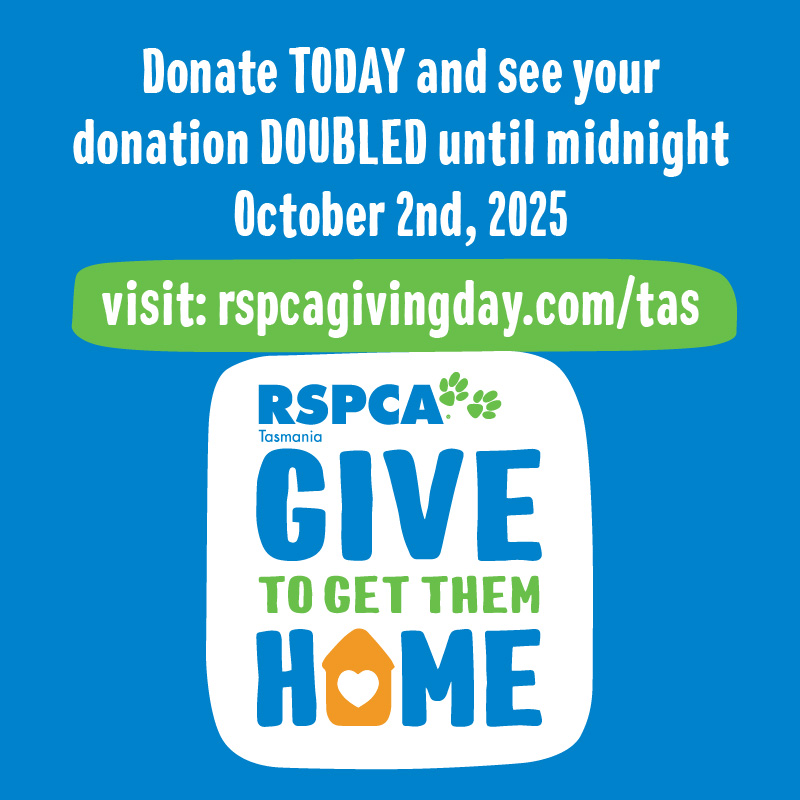Keeping Your Cat Safe and Happy At Home
I want to start keeping my cat indoors. How do I adjust an outdoor cat to containment to my property?
Most cats will transition successfully to contained life indoors, as long as you provide them with everything they need and transition them gradually to being contained, so that they can get used to the idea. While there are many benefits of keeping your cat at home, it also means that you have complete responsibility for and control over their environment.
They will still require places to rest, play and toilet, and opportunities to perform normal behaviours such as hunting, climbing, scratching and exploring. It’s important that the spaces you provide meet your cat’s needs and encourage them to undertake activities that they enjoy and that will promote their well-being.
Ensure that your cat has all the resources that they need
The main things your cat needs to keep them happy and healthy are choice and variety in these five basic resources:
- resting and hiding places
- food
- water
- toileting areas (litter trays)
- places to scratch
As a guide, for one cat you will need two litter trays, two feed stations (puzzle feeders or food bowls), two water bowls, three different types of scratching surfaces (for example, vertical, horizontal, carpet, sisal rope), and three resting/hiding places in different locations. If you have several cats, you’ll need to provide more resources in more locations, as cats don’t always like to share!
Quality time with your cat is essential
Ensure that you spend enough quality time with your cats, giving them love and attention; for example, playing with them, grooming them, giving them cuddles, and even training them!
If you have a balcony or verandah that can be cat-proofed through the use of netting, or if you have the space for a cat-proof enclosure in your backyard, these are great options to provide outdoor spaces for your cat that are still contained. However, a good window that can provide fresh air, and give an aerial view of their surrounds is also an option.
If you have an existing cat who currently free-roams outside, try to introduce them to being contained gradually (e.g. initially keep them inside at night, then gradually increase the time they are confined during the day).
Provide lots of distractions and pleasant experiences inside during (and after!) the transition, such as new hiding and resting areas in the house, a variety of toys, puzzle feeders, perches near windows that are at least a metre high so that your cat can look outside and lock down on the world from a height, lots of love and attention, and extended play sessions every day.
Make sure that your cat’s environment is interesting
This is achieved through environmental enrichment, which means that you make sure the environment you provide for your cats gives them the opportunity to express normal behaviours and be active physically and mentally.
They need opportunities to scratch, run, jump, hide, play, smell, taste and see different things, and to interact with people and other compatible animals.
It is important for cats to have vertical space too; this means adapting your house so that your cat can get up high to rest, hide, or play. If you make the vertical space in your home accessible and useable for your cat, you will add a lot of extra cat friendly space to your home!
The ways you can do this are limited only by your imagination but examples include:
- tall multi-level cat scratch towers;
- shelving to make platforms and high walkways for your cat around your walls;
- purpose built tall multi-level cat furniture; and using steps or ramps to allow your cat to get up onto high up spaces like the tops of cupboards, and making these places attractive and comfortable for your cat with a bed or box up there for them to hide in.
Visit the RSPCA Australia Safe and Happy Cats website for more information.
Credit RSPCA Knowledge Base



























